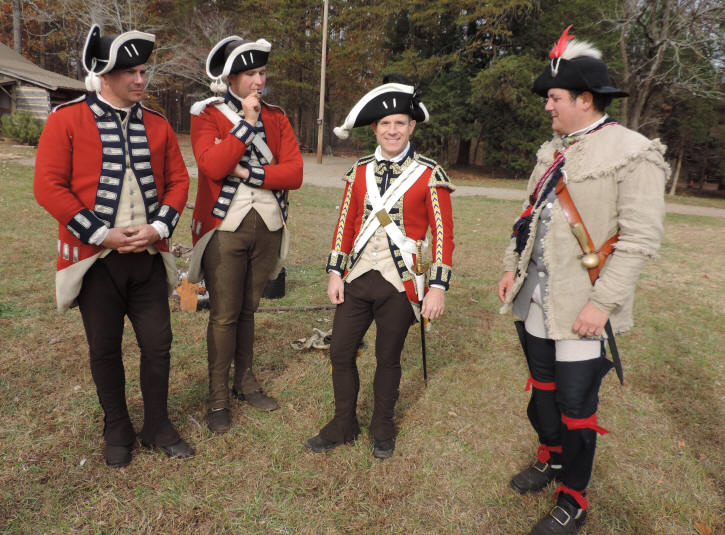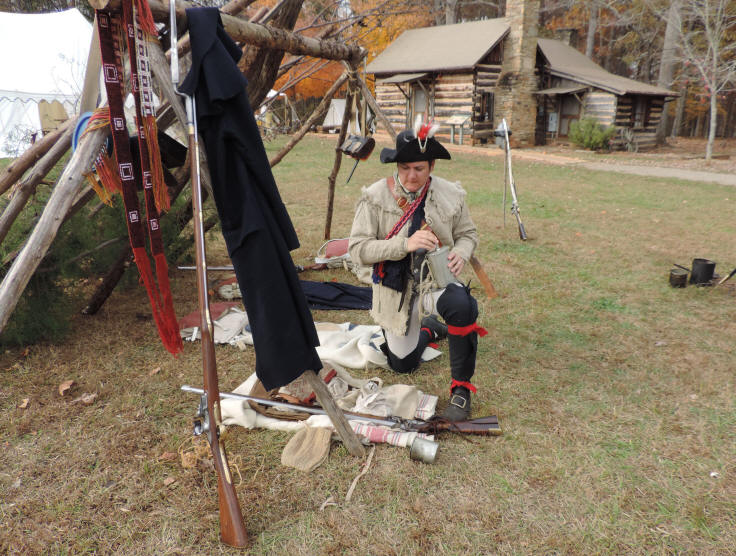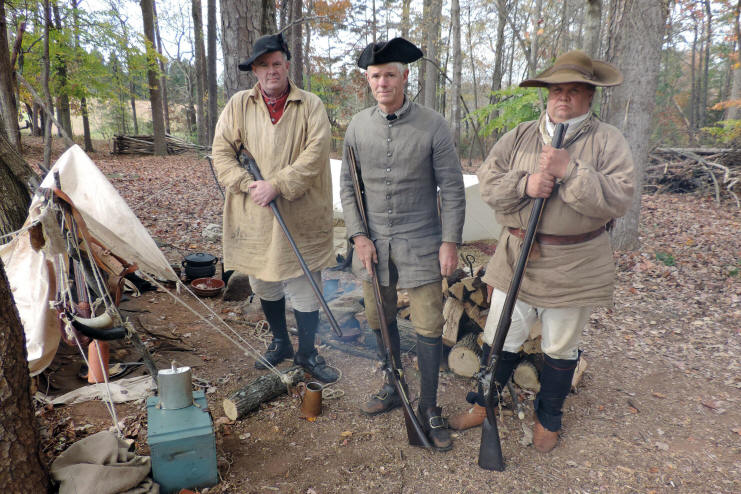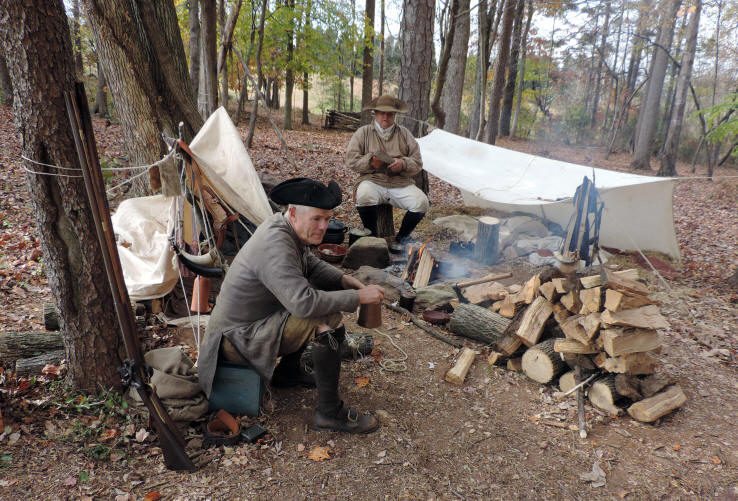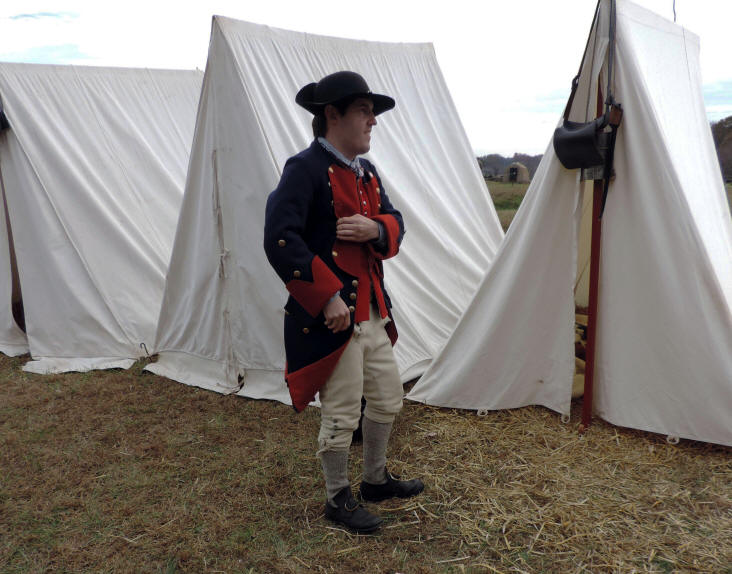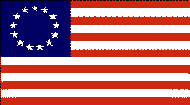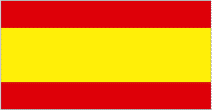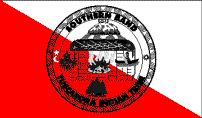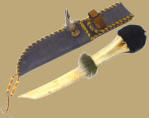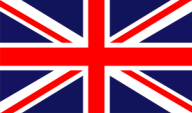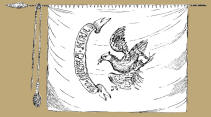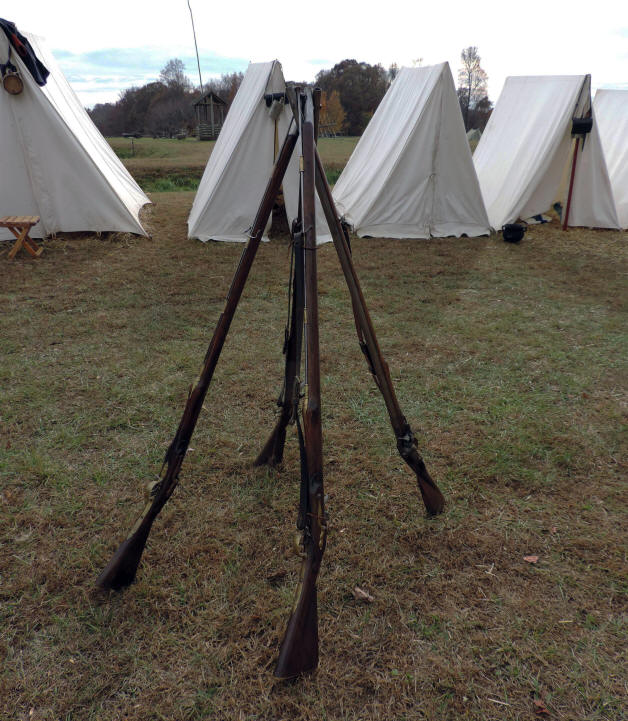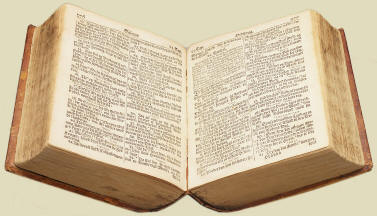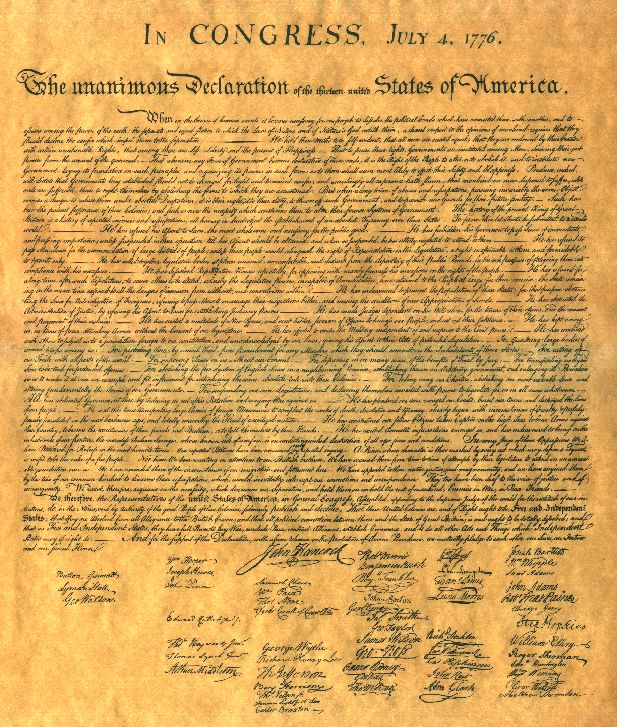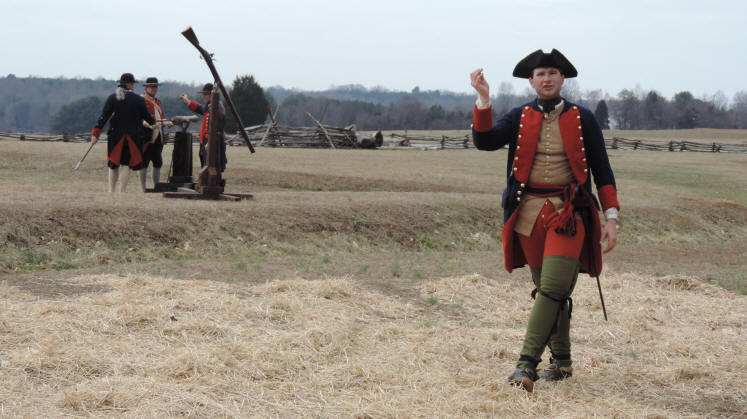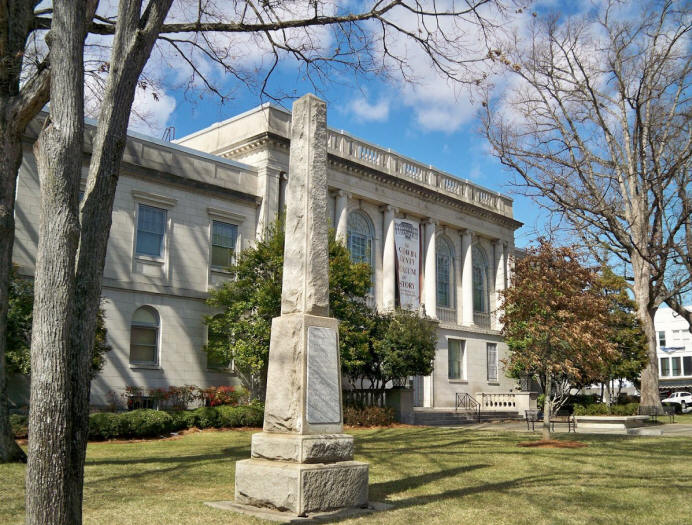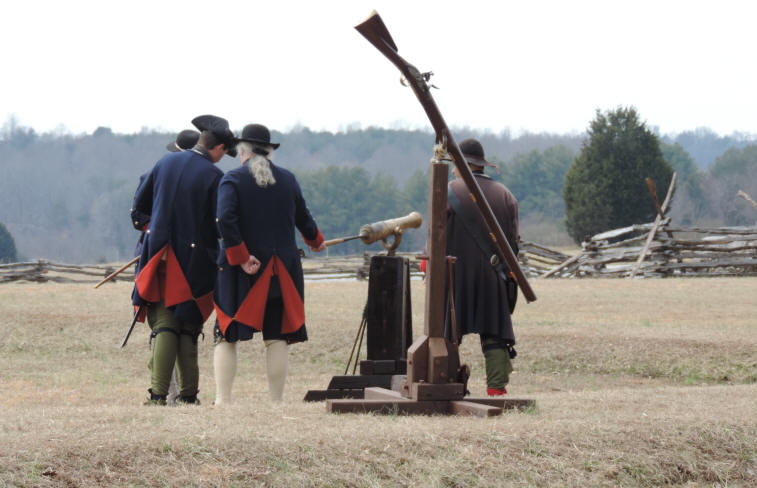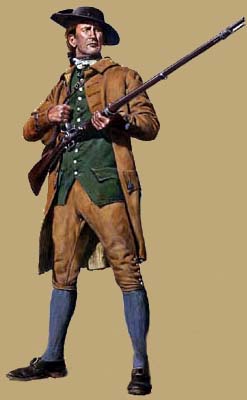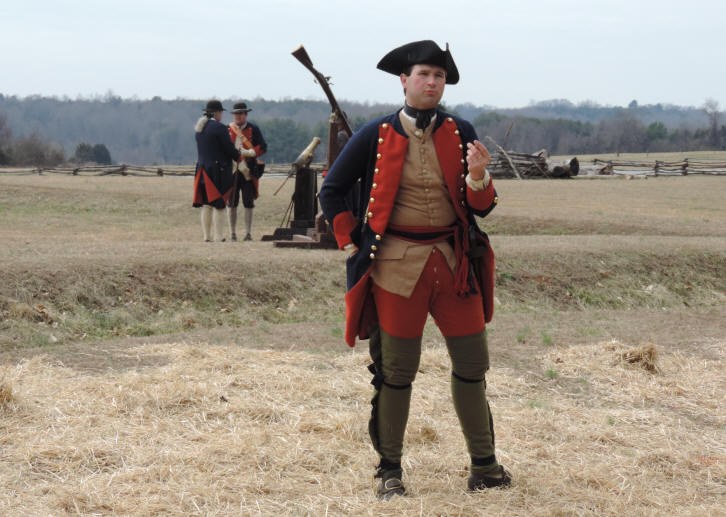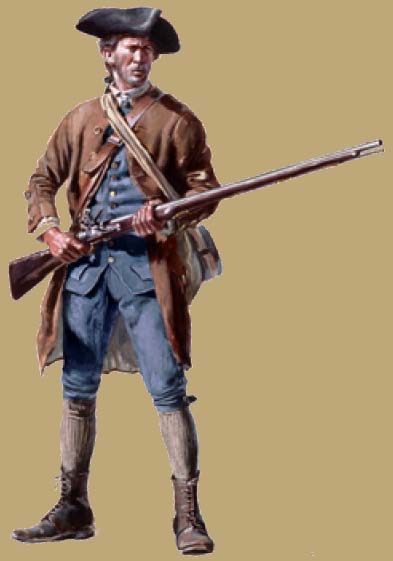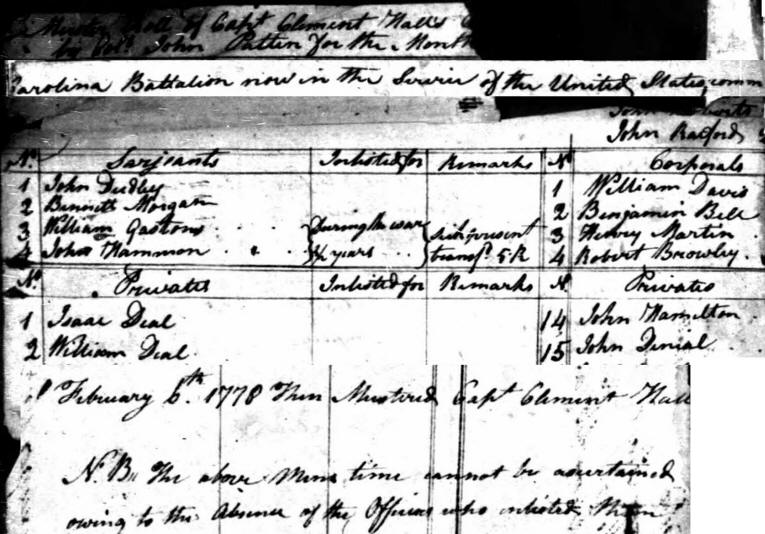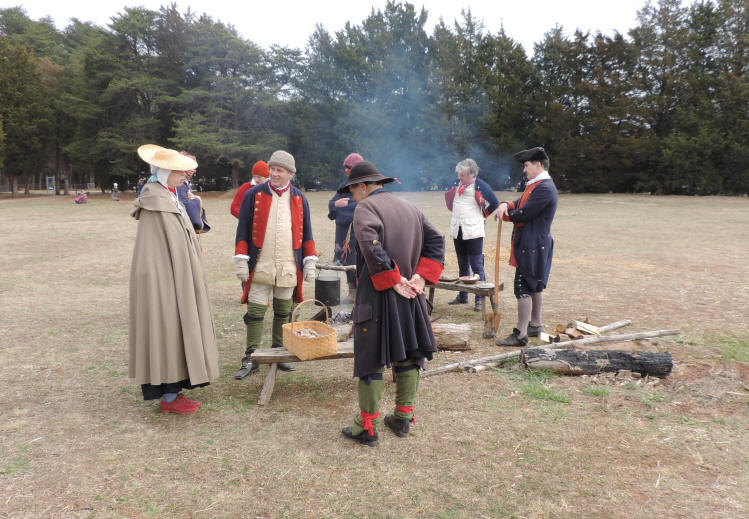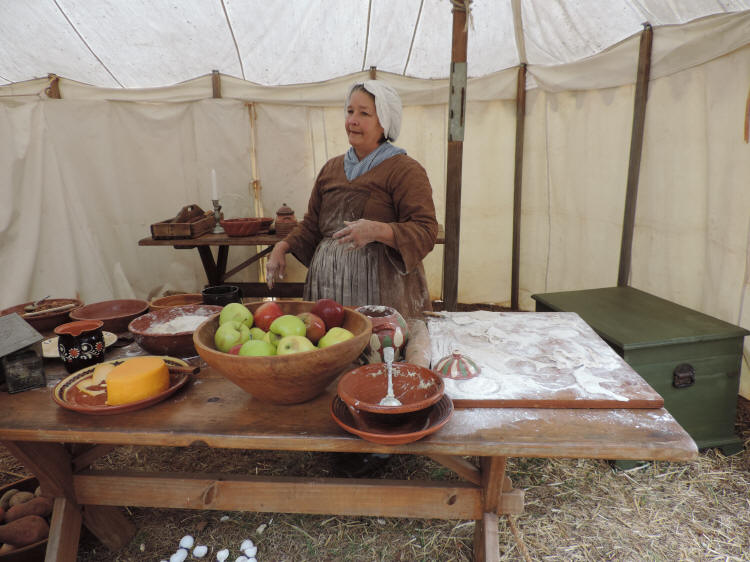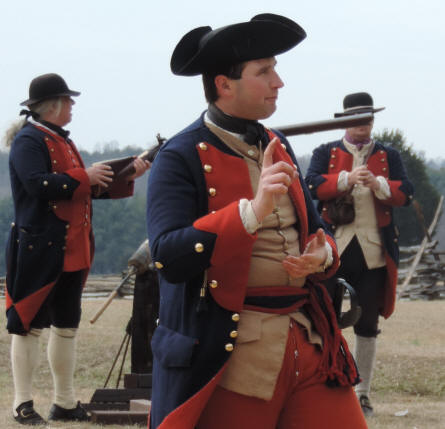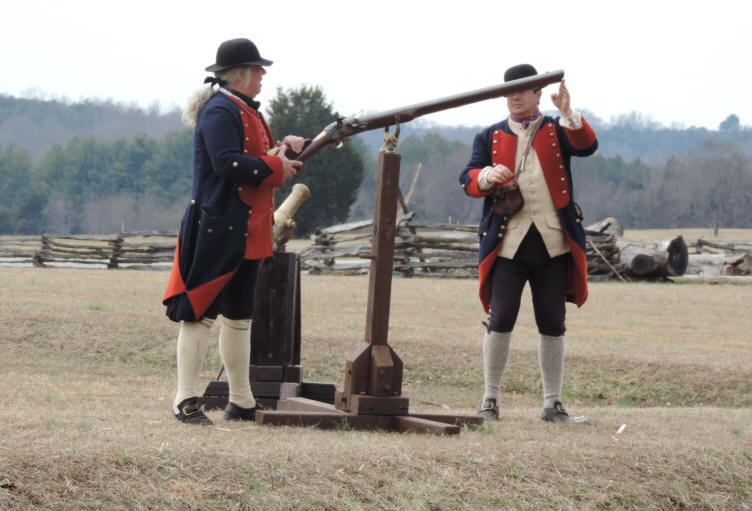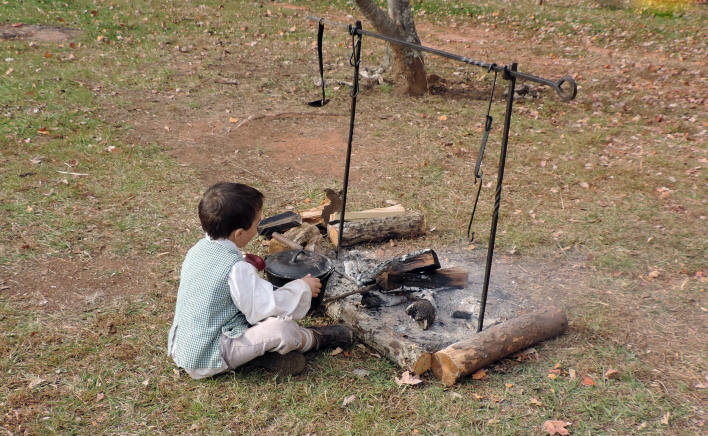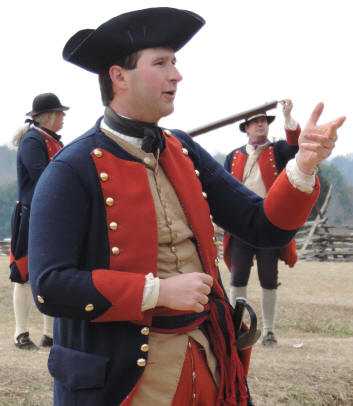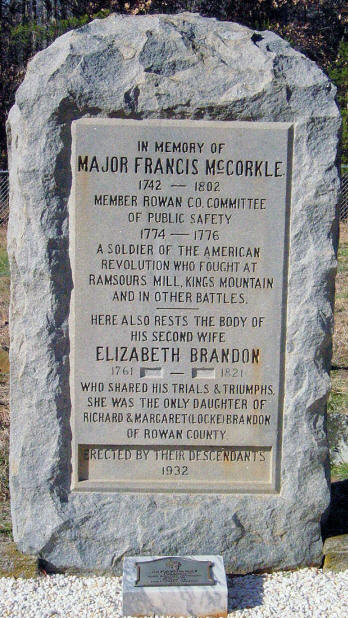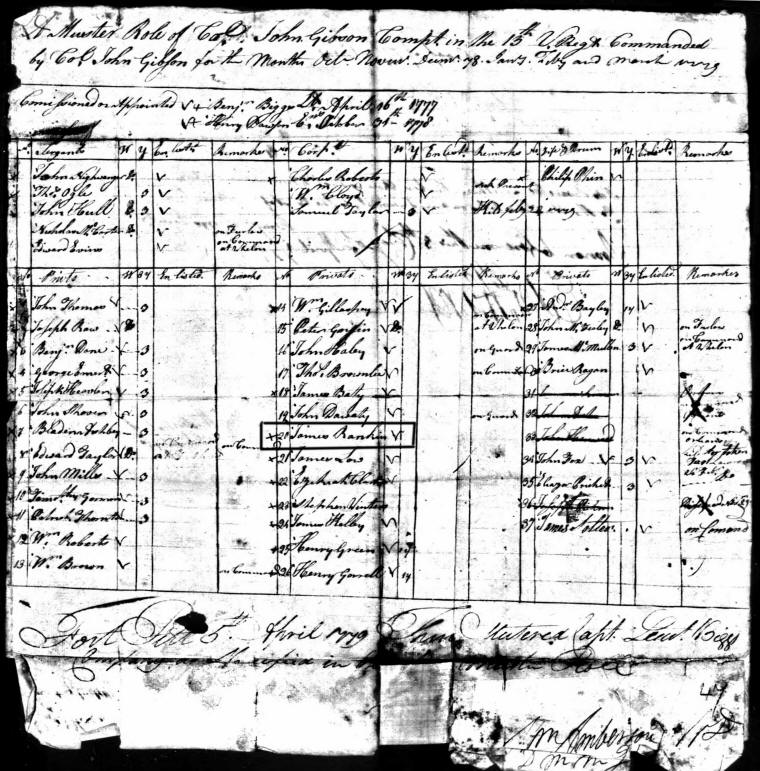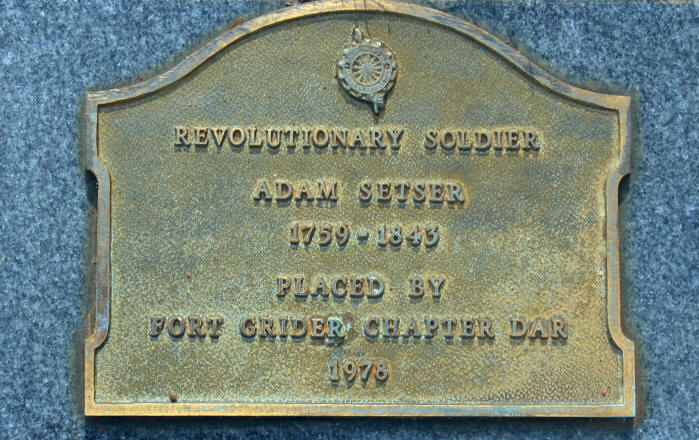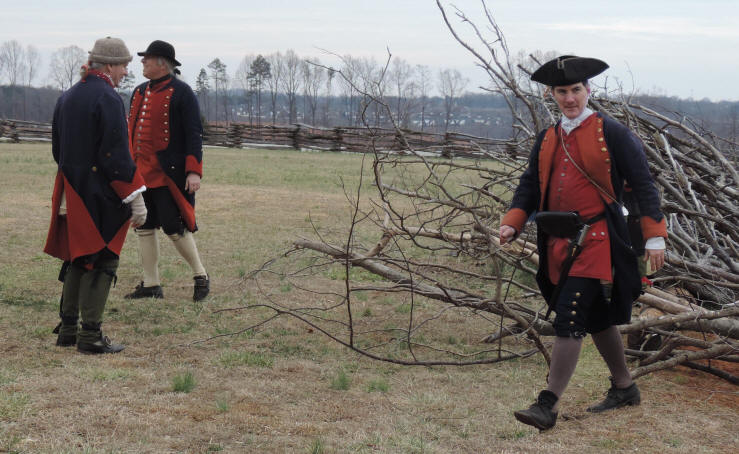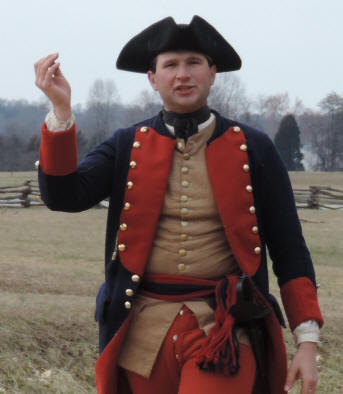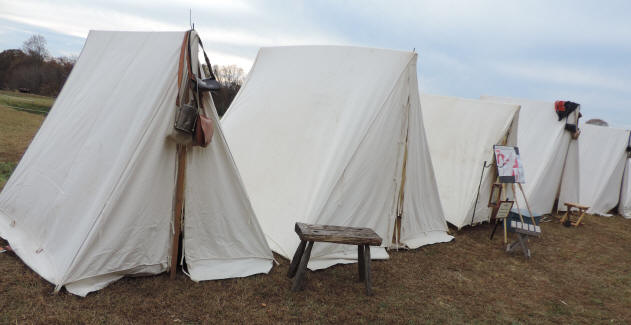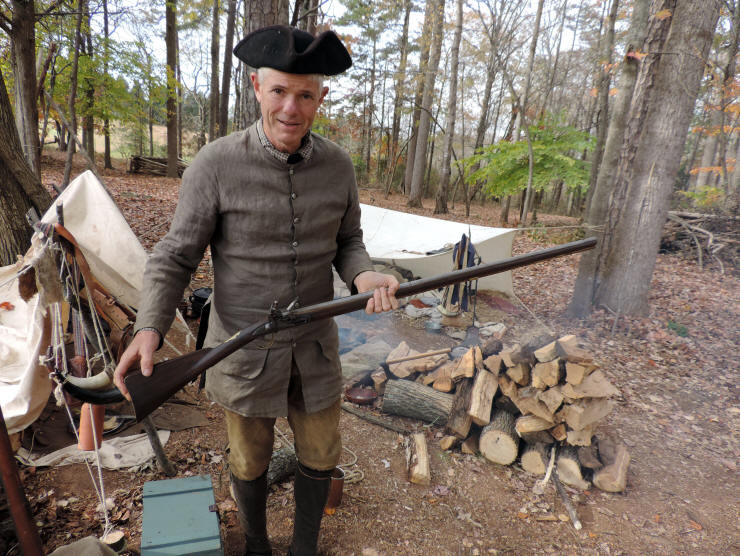Revolutionary War
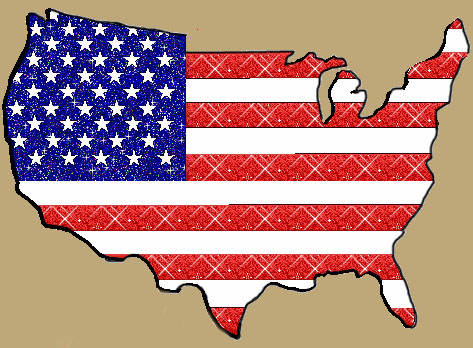
___________
___________
REVOLUTIONARY
WAR LEADERS
___________
North American
ALLIES
Great Britain
ALLIES
__________
___________
FAMILY
MEMBERS WHO
SERVED
ADERHOLD
Aderhold, Frederick W.
BARRINGER
Barringer, John Paul
Barringer, Mathias
BEATTY
Beatty, Thomas
Beatty, William Able
DEAL/DIEHL
Deal, William
FINK
Fink, Daniel David
The
GOBLE
HERMAN
Herman, John William
JOHNSON
LOFTIN
Loftin, John
McCORKLE
McCorkle, Francis Marion
RANKIN
James Rankin
SETZER
Setzer, Adam
Setzer, Jacob Jr.
Setzer, John Sr.
SHERRILL
Sherrill, Uriah
Sherrill, William
WITHERSPOON
Witherspoon, David
Witherspoon, John
___________
___________
Revolutionary War
MUSIC
___________
___________

___________
___________
MOVIES
about the
Revolutionary War
___________
___________

___________
___________
LINKS
History of
NC Counties
CARS
Catawba
Station
Township
Catawba
Elementary
& High School
Cemeteries
The
CIVIL
WAR
Additional
Family
SURNAMES
Genealogy
HUMOR
The
Latest
NEWS
PHOTO
LINKS
Recent
UPDATES
The
"ROYAL"
Lineage
Slavery
Twins
WHERE
TO
FIND 'EM
PAGE
___________
___________

___________
___________
FAMILY
NAMES &
DESCENDANCYS
LOFTIN:
Beatty
Corzine
Cranford
Fisher
Givens
Harwell
Kaiser
Lanier
Lomax
McCorkle
Rudisill
Sherrill
Upright
Washington
Work
SETZER:
Aderholdt
Barringer
Bovey
Bushart
Deal
Heavner
Herman
Ikert
Miller
Motz
Rankin
Witherspoon
GOBLE:
Babst/Bobst
Douglas
Faber
Fink
Fulbright
Hefner
Meinhert
Miller
Muller
Pabst/Bobst
Robinson
JOHNSON:
Corzine
Fink
Hamilton
Kaiser
Leslie
Lewis
Moore
Sherrill
Upright
Wilkinson
___________
___________

___________
___________
US Colonial Soldier
___________
___________
MILITARY PAGES
Revolutionary War
(19 Apr 1775 - 03 Sep 1783)
The Civil War
(12 Apr 1861 - 22 Jun 1865)
World War
I
(28 Jul 1914 - 11 Nov 1918)
World War
II
(01 Sep 1939 - 02 Sep 1945)
Korean War
(25 Jun 1950 – 27 Jul 1953)
Vietnam War
(01 Nov 1955 -
30 Apr 1975)
Gulf War
(17 Jan 1991 – 28 Feb 1991)
War on Terror
(07 Oct 2011 - Present)
___________
___________

US Colonial Soldier
___________
___________

___________
___________
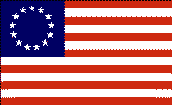
___________
___________

___________
___________

___________
___________

___________
___________

___________
___________
US Colonial Soldier
___________
___________

___________
___________

___________
___________

___________
___________

___________
___________

___________
___________

___________
___________

___________
___________

___________
___________

___________
___________

___________
___________

___________
___________

___________
___________

___________
___________

__________
___________
British Uniform
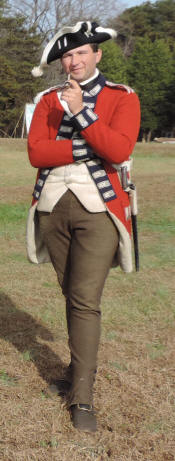
Our Family in the Revolutionary War
19 Apr 1775 - 03 Sep 1783
LOCATION: North America
The American Revolutionary War (19 Apr 1775 – 03 Sep 1783) began as a war between Great Britain and the new United States of America, but gradually expanded to a global war between Great Britain on one side and the United States, France, Netherlands and Spain on the other. The main result was an American victory granting them independence from Great Britain. Revolutionary War uniforms for the "Military Timeline" at Fort Dobbs, Statesville, NC
British, British Military Musician & Cherokee Scout
Photo courtesy of Curtis Loftin
Most Cherokee fought on the side of the British
Photo courtesy of Curtis Loftin
American Colonists unified around the position that the Stamp Act of 1765, imposed by Parliament of Great Britain, was unconstitutional. The British Parliament insisted it had the right to tax colonists. The colonists claimed that, as they were British subjects, “taxation without representation” was illegal. The American colonists formed a unifying Continental Congress and a shadow government in each colony, though at first remaining loyal to the king. The American boycott of taxed British tea led to the Boston Tea Party in 1773, when shiploads of tea were destroyed. London responded by ending self-government in Massachusetts and putting it under the control of the British army. In April 1775 Gen. Thomas Gage learned that weapons were being gathered in Concord, and he sent British troops to seize and destroy them. Local militia confronted the troops and exchanged fire. After repeated pleas to the British monarchy for intervention with Parliament, any chance of a compromise ended when the Congress were declared traitors by royal decree, and they responded by declaring the independence of a new sovereign nation, the United States of America, on July 4, 1776. American militia reenacted for the "Military Timeline" at Fort Dobbs, Statesville, NC
Photo courtesy of Curtis Loftin
Historians have estimated that approximately 40 to 45 percent of the colonists supported the rebellion, while 15 to 20 percent remained loyal to the Crown. The rest attempted to remain neutral and kept a low profile. When the war began, the 13 colonies lacked a professional army or navy. Each colony sponsored local militia. Militiamen were lightly armed, had little training, and usually did not have uniforms. Their units served for only a few weeks or months at a time, were reluctant to travel far from home and thus were unavailable for extended operations, and lacked the training and discipline of soldiers with more experience. When properly used, however, their numbers could help the Continental armies overwhelm smaller British forces. American militia reenacted for the "Military Timeline" at Fort Dobbs, Statesville, NC
Photo courtesy of Curtis Loftin
Seeking to coordinate military efforts, the Continental Congress established a regular army on June 14, 1775, and appointed George Washington as Commander-in-Chief. Washington used both his regulars and state militia throughout the war. American Revolutionary War uniforms for the "Military Timeline" at Fort Dobbs, Statesville, NC
Photo courtesy of Curtis Loftin
Germans fought on both sides during the Revolutionary War. Most of those who were living in America joined the Patriot Militia. A force of between fifteen and twenty thousand Germans (Hessians), however, served for seven years against the Patriots; More than twenty-nine thousand were brought to America for this purpose; More than twelve thousand never returned to Germany. Most Native Americans east of the Mississippi River were affected by the war. Though a few tribes were on friendly terms with the Americans, most Native Americans opposed the United States as a potential threat to their territory. Approximately 13,000 Native Americans fought on the British side, with the largest group coming from the Iroquois tribes, who fielded around 1,500 men. The powerful Iroquois Confederacy was shattered as a result of the conflict; although the Confederacy did not take sides, the Seneca, Onondaga, and Cayuga nations sided with the British. Members of the Mohawk fought on both sides. Many Tuscarora and Oneida sided with the colonists.
Revolutionary War Leaders North American Allies UNITED STATES FRANCE SPAIN General/President Marshal of France 61st Viceroy George Washington Jean-Baptiste Donatien de Vimeur Bernardo de Gálvez y Madrid In addition to North America (United States), France, Spain and the Dutch Republic,
several Native American tribes fought for the ColonistsDUTCH REPUBLIC TUSCARORA Indians VERMONT REPUBLIC Indians WATAUGA ASSOCIATION Indians CATAWBA Indians LAAPE/LENAPE Indians Great Britain ALLIES GREAT BRITAIN GERMAN Auxillaries
(Hessians)MOHAWK Indians Prime Minister General Leader Frederick North Leopold Philip von Heister Joseph Brant ONONDAGA Indians SENECA Indians CHEROKEE Indians
STRENGTHS At the Height of the War: 1.US:
35,000 Continentals; 44, 500 Militia; 5,000 Continental Navy sailors at height in 1779; 53 ships; 12,000 French in America; 60,000 French and Spanish in Europe2.GreatBritain:
56,000 British; 78 Royal Navy Ships in 1775; 171,000 Sailors; 30,000 Germans; 50,000 Loyalists; 13,000 NativesCASUALTIES & LOSES 1. US:
8,000 in Battle; 17,000 by other causes, Total American casualties up to 50,000 dead and wounded
Allies: 6,000+ French and Spanish in Europe; 2,000 French in America2. Great Britain:
20,000 Soldiers from the British army dead and wounded; 19,740 sailors dead; 42,000 sailors deserted; 7,554 German dead"Military Timeline" at Fort Dobbs, Statesville, NC
Photo courtesy of Curtis Loftin
Words of the Founding Fathers
George Washington: 1st President
From 1779, Washington's private prayer was recorded near his headquarters on the Hudson River. Washington wrote down many of his prayers in his field notebook. "And now, Almighty Father, if it is Thy holy will that we shall obtain a place and name among the nations of the Earth, grant that we may be enabled to show our gratitude for Thy goodness by our endeavors to fear and obey Thee."
"Come, Thou Almighty King"
1.
Come, Thou Almighty King,
Help us Thy Name to sing,
Help us to praise:
Father, all glorious,
O'er all victorious
Come, and reign over us,
Ancient of Days.The Gaither Homecoming Bible
Thomas Nelson Publisher; c. 2012
The author of the Hymn, "Come, Thou Almighty King", is unknown. The song was first published in 1756 by George Whitefield in his collection of Hymns.
During the Revolutionary War, a group of Hessian troops interrupted a Sunday morning worship service and demanded that the colonists sing "God Save the King". Rather than singing as they were commanded, the congregants chose to sing the words to "Come, Thou Almighty King" to the tune of "God Save the King" - the same tune as "My Country Tis of Thee".
Thereafter "Come, Thou Almighty King" became popular among American Methodists and other denominations.
2.
Come, Thou Incarnate Word,
Gird on Thy might sword,
Our prayer attend:
Come and Thy people bless,
And give Thy Word success:
Spirit of Holiness,
On us descend!3.
Come, Holy Comforter,
Thy sacred witness bear,
in this glad hour:
Thou who almighty art,
Now rule in every heart,
Never from us depart,
Spirit of Power.
4.
To Thee, Great One in Thee,
The highest praises be,
Hence evermore!
Thy sovereign majesty
May we in glory see,
And to eternity
Love and adore.
Revolutionary War Conclusions:
American Independence as a sovereign nation.The Declaration of Independence
Revolutionary War Family Involvement
Members of various branches of our family served in some capacity in the military during the Revolutionary War.
Words of the Founding Fathers
Benjamin Franklin: Statesman & Author
Constitutional Convention, 28 Jun 1787, Benjamin Franklin called the delegates to prayer with these word: "I have lived, Sir, a long time, and the longer I live, the more convincing proofs I see of this truth - that God governs in the affairs of men, and if a sparrow cannot fall to the ground without His notice, is it probable that an empire can rise without His aid?"
ADERHOLD, Frederick Wilhelm (William)
b. 30 Oct 1748 - d. 1807
Son of Johann Casper Aderhold and Marien Cathrin Ludwig
Husband of Maria Elizabetha Isheim
Grandfather of Sarah Elizabeth Aderholdt (Wife of Miles Rankin Witherspoon)
Great Grandfather of Margaret Ann Elizabeth Witherspoon (Wife of Patrick Sylvanus Setzer)
Great Great Grandfather of Ida Lillian Setzer (Wife of Alonzo Lester Loftin)
Enlistment State: Pennsylvania
Enlistment County: York County
Age at Time of Enlistment: Abt. 27
Marital Status: ??
Branch: York County Patriot Militia
Military Rank: ??
Battles: ??
Frederick William Aderhold was born 30 Oct 1748 in Uthleban, Prussia (Germany) where he apprenticed as a tailor. Frederick accomplished a "walking tour" as part of his training on 26 Jul 1767 in Berghausen, Prussia (Germany). He immigrated to the North American colony of Pennsylvania about 1773. Frederick, who lived in the town of York, PA, in 1780, served several enlistments in the Company of Captain George Eichelberger, the 1st Batallion, York County, Pennsylvania Militia (from Magazine of American General), and in the Company of Captain Michael Hahn in 1775 (from State Library, PA, Letter). "Military Timeline" at Fort Dobbs, Statesville, NC
Photo Courtesy of Curtis Loftin
BARRINGER, John Paul (Johann Paulus Behringer)
b. 04 Jun 1721, GERMANY - d. 01 Jan 1807, NC
Son of Wilhelm Behringer & Mary Paulina Dekker
Husband of Catherine Elizabeth Blackwelder
Brother to Mathias Barringer
From Sons of the American Revolution Membership Application - 07 Jun 1923
Paul Brandon Barringer, M.D. - Great Grandson of John Paul BarringerJohn Paul Barringer was a Captain in the Colonial Militia and a Magistrate of the Crown before the beginning of the Revolution. Being them himself too old for active military duty, he aided his son, Captain John Barringer, and his youngest brother, George Henry Barringer, each to organize a company for the American Army. As soon as these troops left, the neighboring Tories raided his house and captured an imprisoned him. Page 67, Vol. I, Wheeler's History of NC reads, "During our struggle he sided with the friends of liberty. From his devotion to the cause, he was taken prisoner, with others, by the Tories and carried to Camden, SC. He was for a long time kept in confinement and was the only one to live to return home." Page 142, Rumples History of Rowan Co, NC, reads, "Major James Smith of Rowan was seized and with John Paul Barringer of Mecklenburg, and others, was carried to Camden, SC and imprisoned. Soon he (James Smith) was attacked with small-pox and died." Captain Barringer was the only survivor among the American patriots inprisoned at Camden - all the others dying of (de)privation and disease. When released, he had to go home in the clothes in which he had suffer from the small-pox and all his family were attacked. The only other brother of John Paul had been killed two years before and a monument to him, and the dead of his company, stands on the Courthouse Square at Newton, Catawba Co, NC. This brother was Captain Mathias Barringer - then of Rowan County. From Sons of the American Revolution Membership Application - 14 Mar 1938
Charles Victor Werne - 3xG Grandson of John Paul BarringerJohn Paul Barringer was Captain of Queen's Militia and a member of the Committee of Safety and was with James Hogg of Orange County against Tory raids. By the unanimous consent of the Halifax Convention in 1776, he was appointed Justice of the Peace. He led in defense of his settlement against the Tories who destroyed crop and carried away slaves. Finally, Fanning's gang raided across the Yadkin River, destroying everything and took John Paul Barringer prisoner, He was taken to Camden, SC. He was eventually released through he influence of his mother-in-law, Mary Blackwelder. Governor Tryon visited him during his tour in 176 and was highly gratified at his entertainment.
BARRINGER, Mathias (Mathias Behringer)
b. 30 Oct 1727 - d. 1776
Son of Wilhelm Behringer & Mary Paulina Dekker
Husband of Margaret Bushart
Father-In-Law of Jacob Setzer I
The Monument Reads:
A tribute to
Mathias Barringer,
Lipsidom Adam,
Grunot - Hass - Wilson
and another, who were
massacred on John's River in
Gen. Rutherford's
forced march against the
Cherokee in 1776 and to
Philip Fry
who is one escaped and to
Conrad Tippong,
One of Lafayette's men,
by a grateful posterity.
July 2, 1897Mathias Barringer was a prominent citizen in the Newton, NC, community where he lived and when a militia company was organized in the area where he lived, he was elected militia Captain. British oppression at the time made such a militia necessary. At the beginning of the Revolutionary War both the English and the Americans sought Indian help and the British got help because they had defended the Indians previously and they supplied them with rifles. King George III of Great Britain and Ireland (from 1760 to 1820) encouraged the Cherokee Indians to attack the settlers and burn their houses. General Rutherford of the Colonies was ordered to collect all companies in his district and drive the Indians beyond the mountains to the West. In July 1776, Captain Mathias Barringer and a small group of militiamen was sent in advance of the army to search for the Indians. In the Quaker Meadows area (near Morganton, Burke County, NC), a Cherokee war party trapped them and Mathias was killed in the first round of fire. Only Philip Frye escaped when he hid behind a log under 2 feet of dead leaves. Frye said later that he did not move as the Indians scalped Captain Barringer and the others, even when one brave stood on the log and looked right at the spot where he had hidden. General Rutherford ordered his men to bury the dead and no one knows of the final resting place for Captain Mathias Barringer who died at age 46. The people of Catawba County erected a granite monument to the massacre victims on July 2 1897 at the Courthouse in Newton, North Carolina.
"Military Timeline" at Fort Dobbs, Statesville, NC
Photo Courtesy of Curtis Loftin
BEATTY, Thomas
b. 1731 - d. Jul 1787
Son of John Beatty and Elizabeth (Unknown)
Husband of Mary Margaret Abernathy
Father of William Able Beatty
Grandfather of Isabella McCorkle Beatty
Great Grandfather of James Franklin Loftin
Enlistment State: North Carolina
Enlistment County: Tryon (Currently Catawba)
Age at Time of Enlistment: Abt. 45
Marital Status: Married
Branch: Tryon County Patriot Militia
Military Rank: Colonel
Battles: ??
Thomas Beatty and his family lived in Tryon County, North Carolina. He was Captain under Colonel Francis Locke. Many present day counties in both North and South Carolina were completely or partially included within the borders of Tryon County from 1768 to 1772. These counties were Burke, McDowell, Polk, Rutherford, Cleveland, Lincoln, and Gaston Counties from North Carolina. Tryon County was abolished in 1779, and Lincoln County and Rutherford County were created from older Tryon County. Catawba County was formed from the northern portion of Lincoln County in 1842 and Gaston County was formed from the southern portion of Lincoln County in 1846. There were many loyal subjects of the king of England who were living in Tryon County, but there was likewise a gallant band of patriots who were looking for independence from England. Thomas Beatty was one of these. Thomas Beatty and a group of other patriots from Tryon County, NC, were responsible for composing the Tryon Resolves - known as a "Minor Declaration of Independence" - and was signed by those Patriots a year before the official Declaration of Independence on 04 Jul 1776. The Tryon Resolves were a revolutionary list of grievances with the British government - drafted in response to the Battle of Lexington. As the North American colonies grew agitated with the British government, residents began forming Committees of Safety to prepare militia for the coming war. The Tryon Resolves were drafted and signed on 15 Aug 1775 by the residents of "Old" Tryon County, NC. On 14 Sep 1775 many of the signers formed the Tryon County militia in preparation for British retaliation against the American Colonists.
The text of the Tryon Resolves is as follows:
The unprecedented, barbarous and bloody actions committed by British troops on our American brethren near Boston, on 19th April and 20th of May last, together with the hostile operations and treacherous designs now carrying on, by the tools of ministerial vengeance, for the subjugation of all British America, suggest to us the painful necessity of having recourse to arms in defense of our National freedom and constitutional rights, against all invasions; and at the same time do solemnly engage to take up arms and risk our lives and our fortunes in maintaining the freedom of our country whenever the wisdom and counsel of the Continental Congress or our Provincial Convention shall declare it necessary; and this engagement we will continue in for the preservation of those rights and liberties which the principals of our Constitution and the laws of God, nature and nations have made it our duty to defend. We therefore, the subscribers, freeholders and inhabitants of Tryon County, do here by faithfully unite ourselves under the most solemn ties of religion, honor and love to our county, firmly to resist force by force, and hold sacred till a reconciliation shall take place between Great Britain and America on Constitutional principals, which we most ardently desire, and do firmly agree to hold all such persons as inimical to the liberties of America who shall refuse to sign this association.
Fifty men signed the Tryon Resolves including #4 Thomas Beatty, #30 Able Beatty and #50 Samuel Loftin.
According to The Annals of Lincoln County, In 1776 the Tryon County Militia System was re-organized on account of various promotions. Thomas Beatty was elected Colonel.
BEATTY, William Able
b. 10 Jun 1761, NC - 25 Aug 1818, NC
Son of Thomas Beatty (b. 1731)
Husband of Isabella McCorkle
Father of Sally Lavina Beatty, Charles Manson Beatty & Betsy Salina Beatty
Father-in-Law of Thomas Loftin (b.1798)
Grandfather of James Franklin Loftin
William Able Beatty served as an Ensign in the Lincoln County Regiment in 1780 under Captain Joseph Collins. He was involved in the Siege of Charleston, SC. "Military Timeline" at Fort Dobbs, Statesville, NC
Photo Courtesy of Curtis Loftin
DIEHL, William
b. 08 Jun 1742 - d. 16 Nov 1789
Son of Johann Wilhelm Diehl & Mary Ann Crosby
Husband of Anna Catherine Frye
Brother of Jacob Diehl (1743)
Uncle of William Deal (1774)
Grand-Uncle of Delilah Deal (1809)Great-Grand-Uncle of Patrick Sylvanus Setzer (1843)
2x Great-Grand-Uncle of Ida Lillian Setzer Loftin (1884)
3x Great-Grand Uncle of Sam William Loftin (1918)
4x Great-Grand Uncle of Curtis Dean Loftin (1953)
5x Great-Grand Uncle of Philip Daniel Loftin (2002)
Military Date: 6 Feb 1778
Military Place: North Carolina
Military State: North Carolina
Regiment: Battalion
Rank: Private
Marital Status: Married
U.S. Revolutionary War Roll
Carolina Battalion now in the Service of the United States
Captain Clement Mull
FINK, Daniel David
b. 1756 - d. ????
Father of Daniel Fink (b. 1806)
Grandfather of Sarah Caroline Fink (Mrs. James Q. Leslie)
Great Grandfather of Nancy Caroline Leslie (Mrs. John Henry Pinkney Johnson)
Great Great Grandfather of Beulah Vernesta "Nessie" Johnson (Mrs. Martin Luther Goble)
Enlistment Date: Feb 1775
Enlistment State: Pennsylvania
Enlistment County: ??
Age at Time of Enlistment: Abt. ??
Marital Status: ??
Branch: ??
Military Rank: Private
Battles: Germantown, Brandwine
Discharged: Philadelphia, PennsylvaniaDaniel David Fink was born about 1756 in Pennsylvania. When the 13 British Colonies of North America declared war on Great Britain in 1775, David Fink joined the cause and became part of the American Revolutionary War. David enlisted 3 separate times during the course of the war. He enlisted as a Private on Feb 1775 for one year in the state of Pennsylvania in the company commanded by Capt. John Miller of the 5th Regiment. On August 1776 he enlisted for three years in the Pennsylvania German Regiment in the company commanded by Capt. Philip Gable (1st Battalion, 3rd Company, Upper Salford Township). In May 1782, David enlisted in Northampton County, Pennsylvania, and served until the end of the war. During this third term of service, David fought in the battles of Germantown and Brandwine. The Battle of Brandywine, also known as the Battle of Brandywine Creek, was fought between the American army of Major General George Washington and the British-Hessian army of General Sir William Howe on 11 Sep 1777. The British defeated the Americans and forced them to withdraw toward the Patriot capital of Philadelphia. The Battle of Germantown, a battle in the Philadelphia campaign of the American Revolutionary War, was fought on 04 Oct 1777, at Germantown, Pennsylvania between the British army led by Sir William Howe and the American army under George Washington. The British victory in this battle ensured that Philadelphia, the capital of the self-proclaimed United States of America, would remain in British hands throughout the winter of 1777–1778. Despite the defeat, the Americans were encouraged by their initial successes. After the end of the Revolutionary War, David moved to North Carolina. He was living in Mecklenburg County, NC, at the time of the 1790 Census. David appeared in open court before the Court of Pleas in Rowan County at the Court House in Salisbury on Monday, August 1818. He was a resident of Cabarrus County and was requesting provision due to him as a result of his service in the American Revolutionary War. Earlier in 1818, an Act of Congress decided to provide provisions/pensions to those who had served in the war. He re-applied in 1822 and 1824. In 1824 David listed his occupation as farming, but owing to a "sore leg" which he received in the U.S. service during the Revolutionary War, he was unable to work and stated that his leg was growing worse each year. David Fink - Revolutionary War Pension Record - Number S 42, 194
DAVID FINK of Cabarrus Co. in the State of N. Carolina, who was a private in the German regiment commanded by Colonel Housseggar of the Penn line, for a term of 3 years.
Inscribed on the Roll of North Carolina at the rate of 8 Dollars per month, to commence on the 17 of August 1818.
Certificate of Pension issued the 21 of May 1819 and sent to Hon: C. Fisher, Salisbury, N.C.
Appears to 4th of March 1819. $52.90
Semi-Annual All-ce Ending 4 Sept: 1819 $48.00
Total $100.90
Revolutionary Claim
Act 18th March, 1818State of North Carolina
Rowan County
Col. Houseggar's Regiment
Be it remembered that heretofore to wit at a Court of Pleas and Quarter Session began and held for the County of Rowan at the Court House in Salisbury on Third Monday of August, Anno Domini (1818) One Thousand Eight Hundred and Eighteen, the following record was made, towit:
This day personally appeared in open court David Fink aged Sixty one years or thereabout, resident in Cabarrus County, State of North Carolina, who being first duly sworn according to Law doth on his oath make the following declaration in order to obtain the provisions made by the late Act of Congress entitled an act to provide for certain persons engaged in the land and naval service of the United States during the Revolutionary War;
That he the said David Fink enlisted for one year in the State of Pennsylvania in the Company commanded by Captain John Miller of the 5th Regiment Pennsylvania; after the expiration of one year, he further enlisted in the service of the United States for three years in the State of Pennsylvania in the Company commanded by Captain Grable as well as he recollects in the German Regiment.
That at the expiration of three years aforesaid he further enlisted during the war;
That he continued to serve in the said corps or in the service of the United States until the close of the war when he was discharged from the service of his country in the State of Pennsylvania;
That he was in the battles of German Town and Brandywine;
That he is in reduced circumstances and stands in need of the assistance of his country for support;
And that he has no other evidence now in his possn (possession) of his said services:
Now it appearing to the satisfaction of the Court, that the said David Fink did serve in the Revolutionary War of the United States against the common enemy for a longer term of time than nine months as stated in his foregoing declaration; and it further appearing to the satisfaction of the Court that the said David Fink is in such reduced circumstances as to stand in need of the assistance of his country for support; - and that he has no other evidence now in his possn of his said services;
It is therefore ordered by the Court that the foregoing be made a matter of record, and that the Clerk certify and transmit the same to the Honourable the Secretary of War of the United States.
I John Giles of the Court of Pleas and Quarter Sessions of Rowan County do hereby certify the foregoing to be a true copy of the record in the case of David Fink.
In testimony whereof I have hereunto set my hand and affixed the seal of said court at office the 5th of November Anno Domini 1818.
(s) John Giles
"Military Timeline" at Fort Dobbs, Statesville, NC
Photo Courtesy of Curtis Loftin
Words of the Founding Fathers
Thomas Jefferson: 3rd President
1781: Men and nations tend to forget the goodness of God. The founders warned that America would lose its liberty if it did not honor God. "God who gave us life, gave us liberty. And can the liberties of a nation be thought secure when we have removed their only firm basis, a conviction in the minds of the people that these liberties are of the gift of God?" "Military Timeline" at Fort Dobbs, Statesville, NC
Photo Courtesy of Curtis Loftin
HERMAN, Jaohannes Wilhelm (John William)
b. 18 JULY 1736, Germany - d. 29 Jun 1813, NC
Son of Johannes Georg Herman & Anna Margaretha Guenther
Husband of Maria Catherine Motz
Father of Mary Herman
Grandfather of Delilah Deal (Mrs. Jacob Lanier Setzer)
Enlistment Date: 10 Jun 1777
Enlistment State: Pennsylvania
Enlistment County: Berks County
Age at Time of Enlistment: 40
Marital Status: Married
Branch:
Military Rank: Drummer
Battles:
Discharged: PennsylvaniaAfter coming to America from Germany/Prussia, Johannes Wilhelm Harman (John William Herman) assisted in establishing American Independence. Records in the office of the Adjutant General, War Department, Washington, DC, shows that John William Harman served from 10 Jun 177 to 16 Aug 1780 as drummer in North's Company, Col. William R. Lee's Regiment. Around 1786 William and his family moved from Pennsylvania to North Carolina where they settled in Lincoln County (now Catawba County). The family was active in the Lyle Creek Community near Newton and Conover, North Carolina. "Military Timeline" at Fort Dobbs, Statesville, NC
Photo Courtesy of Curtis Loftin
Words of the Founding Fathers
John Adams: 2nd President
From his Diary, Feb 22, 1756: "Suppose a nation in some distant region should take the Bible for their only law book, and every member should regulate his conduct by the precepts there exhibited! Every member would be obliged in conscience, to temperance, frugality, and industry; to justice, kindness, and charity towards his fellow men; and to piety, love, and reverence toward Almighty God ... What a Eutopia, what a Paradise would this region be."
LOFTIN, John
b. 29 Nov 1740 - d. 03 Aug 1793
Son of Cornelius Loftin III
Husband of Martha Lanier
Father of James Loftin and Eldridge Edward Loftin
Grandfather of Thomas Loftin (b. 1798)
Great Grandfather of James Franklin Loftin
There is no record found to date of John Loftin serving in any military capacity during the American Revolution, however he did offer supplies to the troops. From the Revolutionary War Public Service Claims at the Virginia State Archives: John Loftin provided 150 lbs. of beef to the troops for which he was later reimbursed 2 pounds, 12 shillings, 1 pence. "Military Timeline" at Fort Dobbs, Statesville, NC
Photo Courtesy of Curtis Loftin
McCORKLE, Major Francis Marion Sr.
b. 01 Sep 1742 - d. 09 Oct 1802
Son of Matthew McCorkle
Husband of (1) Sarah Work and (2) Elizabeth "Betsy" Brandon
Father of Isabella McCorkle Beatty
Great Grandfather of James Franklin Loftin
Enlistment State: North Carolina
Enlistment County: Tryon (Currently Catawba)
Age at Time of Enlistment: Abt. 35
Marital Status: Married
Branch: Tryon County Patriot Militia
Military Rank: Major / Captain
Battles: Kings Mountain, Ramseur's Mill,
Cowpens, Torrence's Tavern
Major Francis Marion McCorkle was an active patriot prior to and during the American Revolution. He was appointed one of the Committee of Safety for the large Rowan County, NC area in which Salisbury is located. Salisbury and Charlotte were the headquarters of the Independent Forces in western North Carolina during the War. Major McCorkle was zealous in the performance of his duties in that capacity. Major McCorkle was active in the battles of (1) Kings Mountain, SC, (2) Ramsours Mill, NC, and (3) Cowpens, SC, serving as a Major. He was also in the skirmish at (4) Torrence's Tavern. The Battle of Kings Mountain, SC, was a decisive battle between the Patriot and Loyalist militias in the Southern Campaign of the American Revolutionary War. The actual battle took place on 07 Oct 1780, nine miles south of the present-day town of Kings Mountain, North Carolina in rural York County, South Carolina, where the Patriot militia defeated the Loyalist militia. In The Winning of the West, Theodore Roosevelt wrote of Kings Mountain, SC, "This brilliant victory marked the turning point of the American Revolution."
Thomas Jefferson called it, "The turn of the tide of success."
Herbert Hoover's address at Kings Mountain said, "This is a place of inspiring memories. Here less than a thousand men, inspired by the urge of freedom, defeated a superior force entrenched in this strategic position. This small band of Patriots turned back a dangerous invasion well designed to separate and dismember the united Colonies. It was a little army and a little battle, but it was of mighty portent. History has done scant justice to its significance, which rightly should place it beside Lexington, Bunker Hill, Trenton and Yorktown."
In 1931, the Congress of the United States created the Kings Mountain National Military Park on the site of the battle. The park headquarters is in Blacksburg, South Carolina.The Battle of Ramsour's Mill, NC, took place on 20 Jun1780 near present-day Lincolnton, North Carolina, during the British campaign to gain control of the southern colonies during the American Revolutionary War. About 400 American militia (who had gathered in the Mountain Creek area of Lincoln County - and present day Catawba County) defeated 1,300 Loyalist militiamen. The battle did not involve any regular army forces from either side, and was literally fought between neighbors. Despite being outnumbered, the Patriot militia defeated the Loyalists.
The Battle of Cowpens, SC, (17 Jan 1781) was a decisive victory by Continental army forces in the Southern campaign of the American Revolutionary War. It was a turning point in the re-conquest of South Carolina from the British.
Major Francis Marion McCorkle Sr. was married twice, (1) Sarah Jean Work and (2) Elizabeth "Betsy" Brandon - producing 15 children. Major Francis Marion McCorkle Sr. was buried in the McCorkle Cemetery in Catawba County, NC
A huge boulder was unveiled 02 Sep 1932, in memory of Major Francis Marion McCorkle and his 2nd wife, 'Betsy' Brandon. It bears the inscription: "In memory of Major Francis McCorkle (1741-1802) a soldier of the American Revolution, who fought at Ramsour's Mill, Kings Mountain, and other battles."
"Here also rests the body of his second wife, Elizabeth Brandon (1761-1801), who shared his trials and triumphs. She was a daughter of Richard and Margaret Locke Brandon, of Rowan County."
"Military Timeline" at Fort Dobbs, Statesville, NC
Photo Courtesy of Curtis Loftin
RANKIN, James
b. 08 Jun 1742 - d. 16 Nov 1789
Son of Allan Ranken & Margaret Watson
Husband of Elizabeth Fuller
Father of Margaret "Peggy" Rankin 1781
Father-in-Law of Thomas Witherspoon 1787Grandfather of Miles Rankin Witherspoon 1817
Great-Grandfather of Margaret Ann Elizabeth Witherspoon
2x Great-Grandfather of Ida Lillian Setzer 1884
3x Great-Grandfather of Sam William Loftin 1918
Military Date: 05 Apr 1779
Military Place: Virginia
Military State: Virginia
Regiment: 13th
Rank: Private
Marital Status: Married
A Muster Role of Col John Gibson, Compt in the 13th Virginia Regiment Command
By Col. John Gibson for the Months Oct, Nov, Dec 1778 ...
SETZER, Adam (or Adam Setser)
b. 1758, NC - d. 29 Aug 1843, NC
Son of Jacob Setzer I & Mary Magdalene Bovey/Povey
Husband of Mariah Elizabeth Hildebrand
Brother of John Setzer I (Sr.)
Adam Setzer served three terms in the American Revolutionary War. In 1781, Adam was a Private under Captain William Frisal, attached to Lt. Colonel Joseph McDowell in the Burke County Regiment. He served as a Corporal under Capt. John Hazzieburger. Adam's 20 Aug 1840 Pension Application was denied, because he could not prove 6 months service in the Revolutionary War. His son William continued to pursue the matter with depositions in the mid 1850's. A deposition from the North Carolina Comptroller finally confirmed payments to Adam Setzer for military services in March and October of 1784.
SETZER, Jacob Jr.
b. 1756 - d. 1834
Son of Jacob Setzer I & Mary Magdalene Bovey/Povey
Husband of Mariah Elizabeth Hildebrand
Brother of John Setzer I (Sr.)
Jacob Setzer, Jr., married Mariah Elizabeth Hildebrand. He served during the Revolutionary Wary in Franklin Co., GA, where he had moved.
SETZER, John Sr.
b. 04 Oct 1754 - d. 18 Mar 1822
Son of Jacob Setzer I & Mary Magdalene Bovey/Povey
Husband of Catherine Bushart Barringer
Father of Jacob Lanier Setzer
John Setzer, Sr. was active in the cause of the Whig Militia during the Revolutionary War. A HISTORY OF CATAWBA COUNTY lists John Setzer as a participant in the Battle of Kings Mountain, SC. OVER MOUNTAIN MEN: East Tennessee History, 1760 - 1795, by Pat Alderman also lists John as a participant in that battle. KING'S MOUNTAIN MEN by Katherine Keogh White, KING'S MOUNTAIN AND ITS HEROES by Lyman C. Draper and ROSTER OF SOLDIERS FROM NORTH CAROLINA IN THE REVOLUTION by NC DAR, do not list him as participating in that historic battle. "Military Timeline" at Fort Dobbs, Statesville, NC
Photo Courtesy of Curtis Loftin
SHERRILL, Capt. William A.
b. 01 May 1723 - d. 31 Dec 1786
Son of Adam "The Pioneer" Sherrill
Husband of Agnes White
Enlistment State: North Carolina
Enlistment County: ??
Age at Time of Enlistment: Abt. 50
Marital Status: Married
Branch: Patriot Militia
Military Rank: Private / Captain
Battles: Kings Mountain
Captain William A. Sherrill originally served in the Revolutionary War as a Private in the Militia. Even though some in the American colonies tried to remain neutral, eventually most had to either side with the American Patriots or the Loyalists (those loyal to Great Britain and King George III). William fought in the Battle of Kings Mountain, SC, eventually advancing in rank to Captain. He led an expedition to Silver Creek and Quaker Meadows. He served as a Captain under Col. William Graham.
SHERRILL, Uriah
b. 01 Mar 1728, MD - d. 27 Nov 1779, NC
Son of Adam Sherrill (b. 1697)
Husband of Judith Lewis
Uriah Sherrill served during the Revolutionary Wary in the Lincoln County Regiment. "Military Timeline" at Fort Dobbs, Statesville, NC
Photo Courtesy of Curtis Loftin
Words of the Founding Fathers
John Quincy Adams: 6th President
1860: The connections between Christianity and good government were recognized in early America. "The highest glory of the American Revolution was this: it connected in one indissoluble bond the principles of civil government and principles of Christianity."
Words of the Founding Fathers
Daniel Webster: Politician & Educator
Speech at the bicentennial of the Pilgrims' landing at Plymouth Rock, Dec 22, 1820 "Let us not forget the religious character of our origin. Our fathers were brought hither by their high veneration for the Christian religion. They journeyed by its light, and labored in its hope. They sought to incorporate its principles with the elements of their society, and to diffuse its influence through all their institutions, civil, political, or literary. Let us cherish these sentiments, and extend this influence still more widely; in full conviction that that is the happiest society which partakes in the highest degree of the mild and peaceful spirit of Christianity." "Military Timeline" at Fort Dobbs, Statesville, NC
Photo Courtesy of Curtis Loftin
"Yankee Doodle"
Traditions place the origin of the song “Yankee Doodle” in the pre-Revolutionary War era and was originally sung by British military officers to mock the disheveled, disorganized colonial "Yankees".
As a term Doodle first appeared in the early seventeenth century, and is thought to derive from the Low German dudel or dödel, meaning "fool" or "simpleton". The Macaroni wig was an extreme fashion in the 1770s and became contemporary slang for foppishness. The implication of the verse was therefore probably that the Yankees were so unsophisticated that they thought simply sticking a feather in a cap would make them the height of fashion.
The Americans embraced the song and made it their own, turning it back on those who had used it to mock them.
Words of the Founding Fathers
Joseph Story: Justice to the Supreme Court
Commentary on the First Amendment: "There is not a truth to be gathered from history more certain, more momentous than this: that civil liberty cannot long be separated from religious liberty without danger, and ultimately without destruction to both. Wherever religious liberty exists, it will , firs or last, bring in and establish political liberty."
There have been numerous movies made about the Revolutionary War. Here's a list of a few: Movie Title Year Rated Starring "Drums Along the Mohawk" 1939 NR Henry Fonda, Claudette Colbert, John Carradine "Johnny Tremain" 1956 NR Hal Stalmaster "1776" 1972 PG William Daniels, Howard Da Silva, Blythe Danner "Valley Forge" 1975 NR Richard Basehart, Victor Garber, Christopher Walken "Revolution" 1985 PG Al Pacino, Donald Sutherland, Nastassja Kinski "April Morning" 1988 NR Tommy Lee Jones, Robert Urich, Susan Blakely "The Patriot" 2000 R Mel Gibson, Heath Ledger, Adam Baldwin
Words of the Founding Fathers
Abraham Lincoln: 16th President
1865
"That the Almighty does make use of human agencies, and directly intervenes in human affairs, is one of the plainest statements of the Bible. I have had so many evidences of His direction - so many instances when I have been controlled by some other power than my own will - that I cannot doubt that this power comes from above."
Military Pages
Check out all of these Family Genealogy Military Pages
to see which family members served - as well as when and whereRevolutionary War (1775 - 1783)
The Civil War (12 Apr 1861 - 22 Jun 1865) World War I (28 Jul 1914 - 11 Nov 1918) World War II (01 Sep 1939 - 02 Sep 1945 Korean War (25 Jun 1950 – 27 Jul 1953) Vietnam War (01 Nov 1955 - 30 Apr 1975)
Gulf War (17 Jan 1991 – 28 Feb 1991)
War on Terror (07 Oct 2011 - Present)
If you have photos or information to share about any of these Military pages, please contact me using the email address below or by calling 828-241-2233.
Words of the Founding Fathers
James Monroe: 5th President
Second Inaugural Address, March 5, 1821. Public prayers in Congress existed from the beginning. Prayers for the nation were never viewed a purely private, but were often made publicly for public servants and the nation as a whole. "The liberty, prosperity and happiness of our country will always be the object of my most fervent prayer to the Supreme Author of All Good." SOURCES:
If you have additional information Revolutionary War, please contact me.


